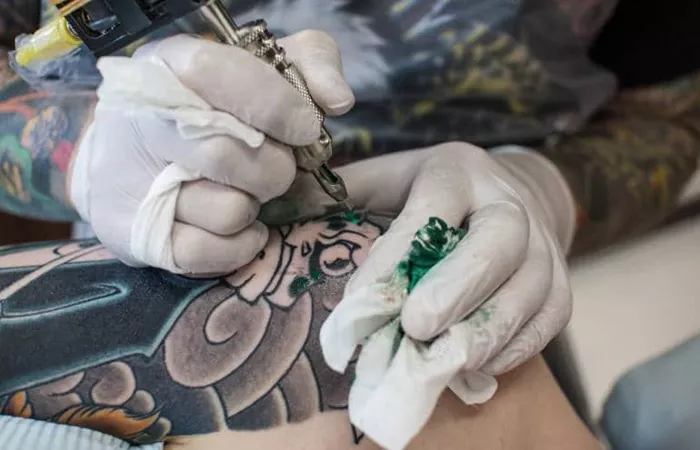Imagine a future where farmers can detect plant diseases or dehydration before a single leaf wilts. That future may be closer than expected, thanks to a new innovation: ultra-thin electronic tattoos, or “e-tattoos,” designed to monitor plant health non-invasively.
Researchers from Singapore and China have developed these e-tattoos using silver nanowires to track a plant’s electrochemical impedance—an indicator of physiological stress. The findings, led by Associate Professor Tianyiyi He of the Artificial Intelligence Research Institute at Shenzhen MSU-BIT University, were published on April 4 in Nature Communications.
A Plant’s Unique Electrical Signature
Each healthy plant has a distinct impedance spectrum, similar to a fingerprint. When under stress—due to dehydration, infection, or physical damage—this spectrum shifts. “If the plant is stressed or its cells are damaged, this spectrum changes in shape and magnitude,” says He. “Different stressors cause different changes.”
Because plant cells function like miniature fluid-filled chambers, with membranes that resist electric current like capacitors, the electrical impedance changes when those membranes are compromised. For instance, during an immune response, the current flows more freely and the impedance drops—offering early signs of trouble.
Non-Invasive Monitoring
Unlike traditional methods that involve cutting or puncturing leaves, the e-tattoo is applied by simply dripping a silver nanowire solution onto the surface of the leaf. The researchers tested it on Arabidopsis thaliana (thale cress), a delicate lab-grown plant, over a 14-day period. The device was connected via a droplet of liquid metal (galinstan) and a hair-thin copper wire to apply alternating current and record data.
The team experimented with different placements—on a single side of the leaf and on both surfaces—to study current flow and signal response. Control plants showed consistent impedance spectra, while plants exposed to immune stimulants, dehydration, or wounding exhibited clear electrical changes before showing visible symptoms—up to three hours earlier.
Versatile and Gentle on Plants
Silver nanowires proved especially effective because they conform well to the irregular surfaces of plant leaves, including those with trichomes (tiny hairlike structures). Other metals like copper or nickel didn’t adhere as smoothly and interfered with readings.
The tattoos were also tested successfully on coleus, polka-dot plants, and Nicotiana benthamiana, a relative of tobacco and sweet potato. Importantly, the material did not block sunlight, meaning photosynthesis was unaffected.
Toward Smarter, Connected Agriculture
While similar technologies have been explored before, the key advance here is in validating the approach on fragile plants and clearly linking impedance changes to specific immune responses, says Eleni Stavrinidou, a researcher in electronic plant systems at Linköping University, who was not involved in the study.
The road to commercial farming applications still requires further development. For example, the current wired setup is impractical for field use. He envisions a more scalable solution: “We can further shrink it to smaller sizes and add wireless communication to build IoT systems so we don’t have to link every plant to a wire. Everything is going to be wireless, connected, and transmitted to the cloud.”
Stavrinidou adds that this study lays the groundwork for creating sensors that don’t just diagnose plant issues but predict them. “As more studies map what different impedance signals mean biologically, we can develop non-invasive, predictive tools—a real game-changer for agriculture.”
Related topics:

